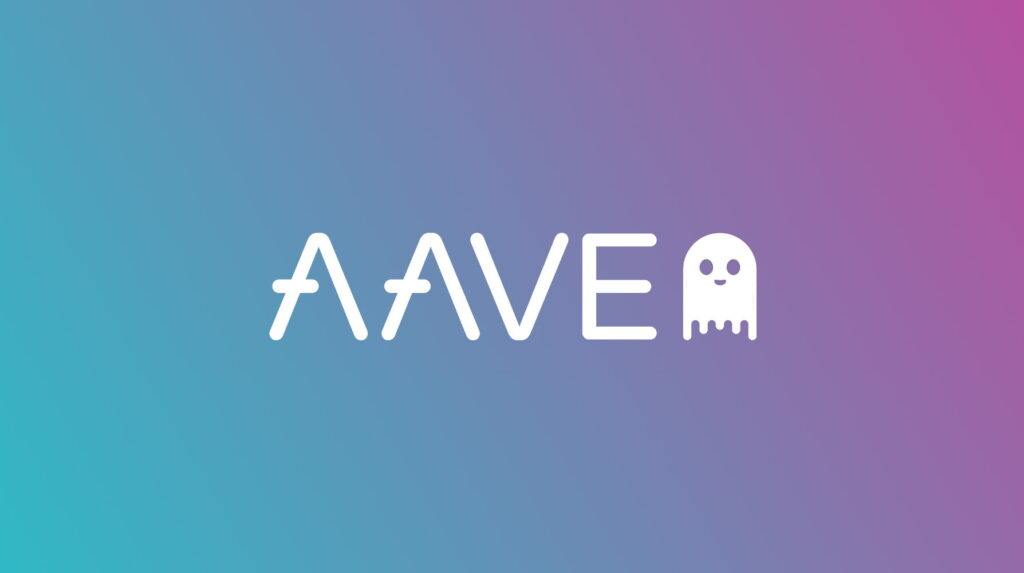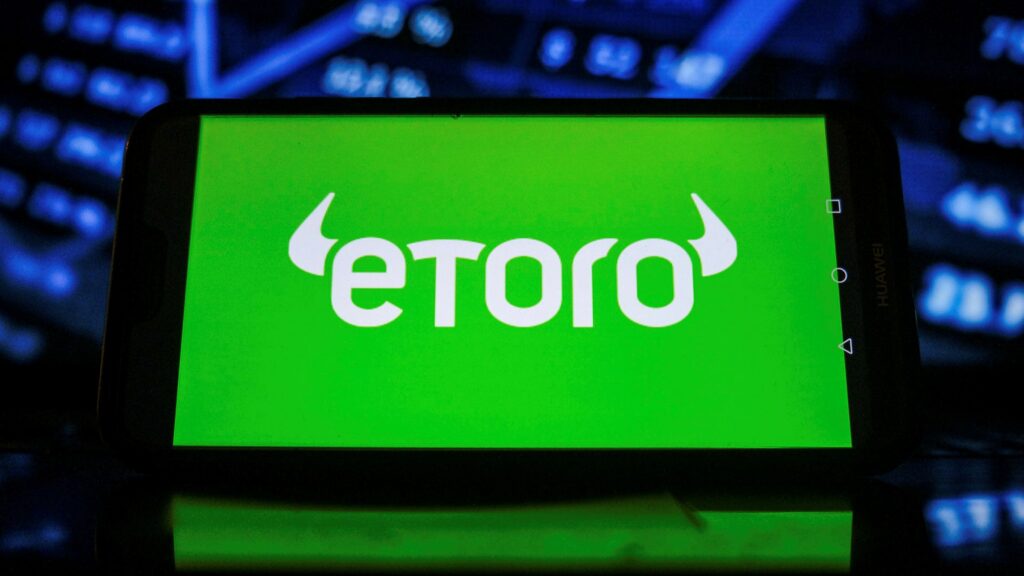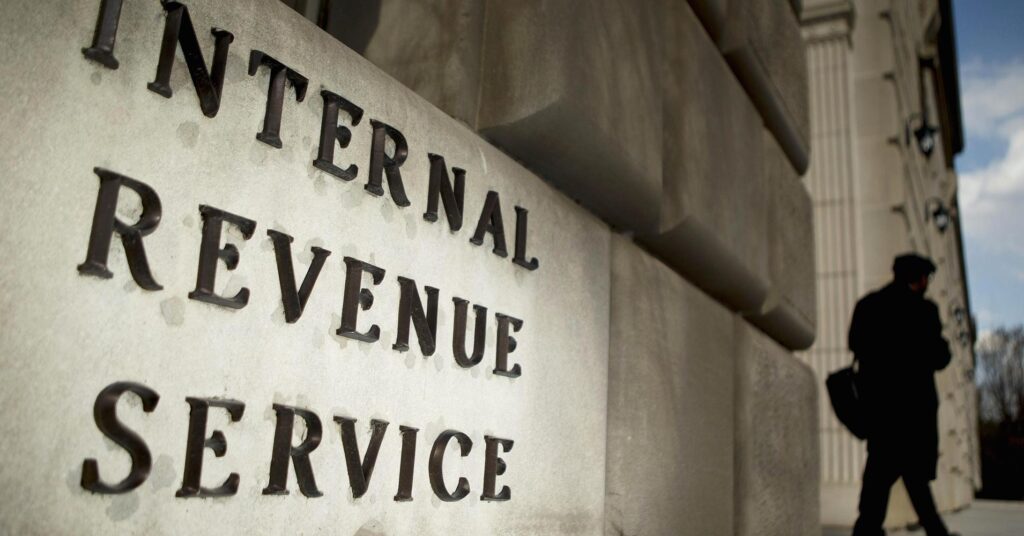Aave, the governance token of the decentralized finance (DeFi) Aave protocol, witnessed a 17% decline between July 30 and August 1, reaching $62.
Although the $62 support level proved resilient, the current price of $64.40 remains 12% below the July 30 daily close, leading investors to question whether this indicates a cautious approach to the sector or if other factors are at play.
One contributing factor to the recent movement in the AAVE token can be attributed to the risks of cascading liquidations on DeFi protocols stemming from the Curve Finance pool exploit that began on July 30.
However, Aave’s decentralized liquidity protocol has previously withstood similar scenarios, and it currently holds a substantial $295.6 million in its Safety Module, which provides added security.
A concerning element affecting AAVE’s token performance is the stablecoin GHO, which has been trading below the $1 peg since its launch on July 16.
The lack of DeFi integration and farming opportunities for GHO discourages its holders, leading to selling pressure and depegging on decentralized exchanges.
Despite these challenges, the Aave protocol maintains an impressive $5.1 billion in total value locked (TVL) across six chains.
Nevertheless, it experienced a 12.5% decline in TVL within just one week, whereas Uniswap’s and Compound’s TVL remained relatively stable.
While Aave’s annualized revenue of $12 million lags behind some competitors, such as Convex Finance with $52 million and Radiant with $20 million, proponents argue that Aave’s higher fees may create potential for future revenue growth.
READ MORE: U.S. Judge Denies Motion to Dismiss SEC Lawsuit Against Terraform Labs
Recent events may have influenced investors’ views on Aave. In May 2023, the older version of the Aave protocol (v2) encountered a bug that temporarily hindered withdrawals on the Polygon Network implementation. The issue was quickly resolved without any reported losses.
Additionally, a contentious event occurred on June 12 when a proposal sought to prevent a specific account, owned by Curve founder Michael Egorov, from accumulating further debt.
This sparked debates about censorship resistance in DeFi.
Despite the recent decline in the AAVE token price and TVL, Aave’s decentralized application remains a strong contender in the DeFi space.
With a robust insurance fund and protocol fees, Aave is well-prepared to weather market fluctuations and potential risks.
The protocol’s solid foundation and significant TVL signal its resilience and potential for continued success.
Other Stories:
Binance CEO CZ Unveils Plan to Launch Smaller Algorithmic Stablecoins
Decentralized Exchange on Coinbase’s Base Network Pauses Trading Amidst Concerns of Exploit
IRS Issues New Ruling: U.S. Crypto Investors Must Report Staking Rewards as Gross Income










